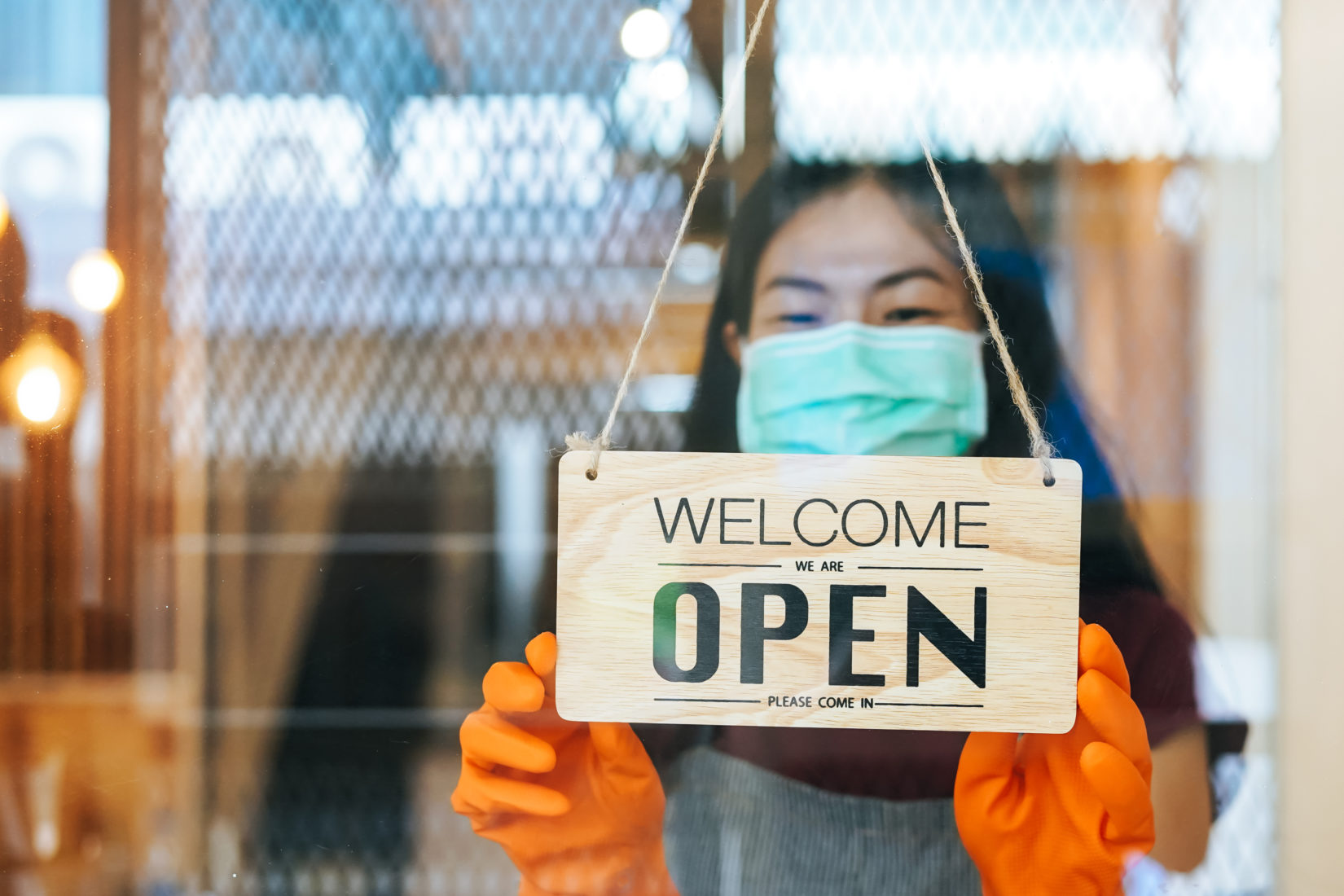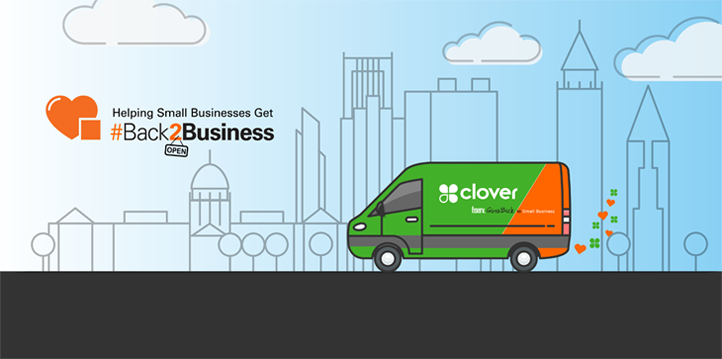Federal relief for small businesses has been passed by Congress. Here’s what you need to know.
On December, 28 President Trump signed the COVID-19 relief bill and overarching fiscal year 2021 omnibus spending bill through H.R. 133 that was recently passed by Congress. Under this bill, agencies and programs would receive $1.4 trillion in fiscal year 2021, which would also provide more than $900 billion for unemployment, direct payments, and business loans to combat the economic effects of the COVID-19 pandemic.
The relief bill includes $325 billion in help for small businesses through the Small Business Administration (SBA), including $284 for the Paycheck Protection Program (PPP) and $20 billion for the Emergency Injury Disaster Loan Program (EIDL). The SBA will have 10 days to establish the regulations for the provisions below related to PPP and other small business support. The Orlando Economic Partnership (The Partnership) is working closely with lenders to understand when they will officially reopen PPP and will provide updates on the BRACE Website.
Below is a summary of the provisions that specifically relate to small business owners through the SBA and additional details related to tax relief:
Small Business Assistance
Paycheck Protection Program: $284.5 billion
- Reopens forgivable PPP loans for first time, and now, second time borrowers. To qualify as a second time borrower for PPP, a small business must have less than 300 employees, demonstrate a gross revenue reduction of 25 percent during a quarter in 2020 compared to the same period in 2019 with some exceptions and exhaust their first loan before receiving a second one.
- Creates a simplified PPP loan forgiveness application for loans under $150,000 where the borrower signs and submits a one-page certification that requires the borrower to list the loan amount, the number of employees retained, and the estimated total amount of loan spent on payroll costs.
- Stipulates that borrowers could deduct eligible expenses paid for with forgiving PPP loans, effectively reversing guidance from the Internal Revenue Service.
- Increases the loan amount for NAICS 72 businesses (accommodations and food service).
- Strengthens lender hold harmless provisions for lending institutions.
- Expands list of eligible expenses to include covered operations (software, cloud computing, and other human resources and accounting needs); property damage costs due to public disturbance that occurred during 2020 that are not covered by insurance; covered supplier costs; and covered worker protecting expenditures (such as PPE supplies).
- Makes eligible 501c6s, destination marketing organizations (DMOs), housing cooperatives, newspapers, broadcasters, and radio stations. Please note, there are certain restrictions to 501(c)6) organizations and destination marketing organizations if they are involved in lobbying efforts.
- Repeals the CARES Act provision that requires PPP borrowers to deduct their Emergency Injury Disaster Loan (EIDL) Advance from their PPP loan forgiveness amounts.
- Updates conflict of interest rules and prohibits publicly traded companies from PPP.
- Provides a process for borrowers to request an increased loan amount if regulations were updated.
- Codified rules for faith-based organizations and churches to ensure eligibility remains intact.
- Defines a seasonal employer to be an eligible recipient which: (1) operates for no more than seven months in a year, or (2) earned no more than 1/3 of its receipts in any six months in the prior calendar year. This applies to any loan made before, on or after enactment including the forgiveness of the loan.
EIDL Advance Program: $20 billion
- Provides $20 billion dollars to restart and extend the SBA’s EIDL Advance Grant for small businesses in low-income communities.
- Creates a process for existing EIDLE Advance grantees that received less than $10,000 dollars to reapply for the difference between what they received and the maximum EIDL Advance Grant of $10,000.
- Increases verification tools at the SBA to ensure accurate information is submitted on a grant application.
Debt Relief: $3.5 billion
- Provides $3.5 billion to resume the principal and interest payments of new and existing small business loans guaranteed by the SBA under 7(a), 504, and Microloan programs.
7(a), 504, and Microloan Program Enhancements: $3 billion
- Supplies $2 billion dollars to enhance the SBA’s existing government guarantee loan programs, including the 7(a) Loan Program, the 504 Loan Program and the Microloan Program.
- Waives borrower and lender fees within the 7(a) and 504 loan programs.
- Increases the 7(a) loan guarantees to 90 percent.
- Extends the $1 million dollar loan limit for SBA Express Loans.
- Establishes a 504 Express Loan Program.
- Enhances the Microloan program to provide financial and technical assistance impacted by the COVID-19 pandemic.
Grants for Shuttered Venues: $15 billion
- Creates a new $15 billion dollar grant program for eligible venues, theaters, museums and zoos.
- Requires a 25 percent reduction in gross revenue during a quarter in 2020 compared with the previous year to qualify, along with other specified criteria.
- Provides enhanced verification and requires increase transparency of SBA’s oversight plans to ensure funds are directly benefiting eligible entities.
Tax Relief for Businesses
- The CARES Act Employee Retention Tax Credit (ERTC) created by the CARES Act is expanded and extended to June 30, 2021.
- The Employer Credit for Paid Family and Medical Leave, which permits eligible employers to claim an elective general business credit based on eligible wages paid to qualifying employees with respect to family and medical leave, is extended through 2025.
- As stated above, stipulates that borrowers could deduct eligible expenses paid for with forgiving PPP loans, effectively reversing guidance from the Internal Revenue Service.
- Businesses that meet above-average energy efficiency standards may take an increased deduction, and going forward, this deduction will be indexed to inflation.
- Several previously enacted tax relief measures are extended for five years, including empowerment zone tax incentives and the employer tax credit for family and medical level.
- Business meal food and beverage expenses are 100 percent deductible for the tax years 2021 and 2022.
Over the coming weeks we at the Partnership will be monitoring the implementation of these relief provisions carefully to provide you with the most up-to-date information available. Please visit the BRACE website for updated resources.





